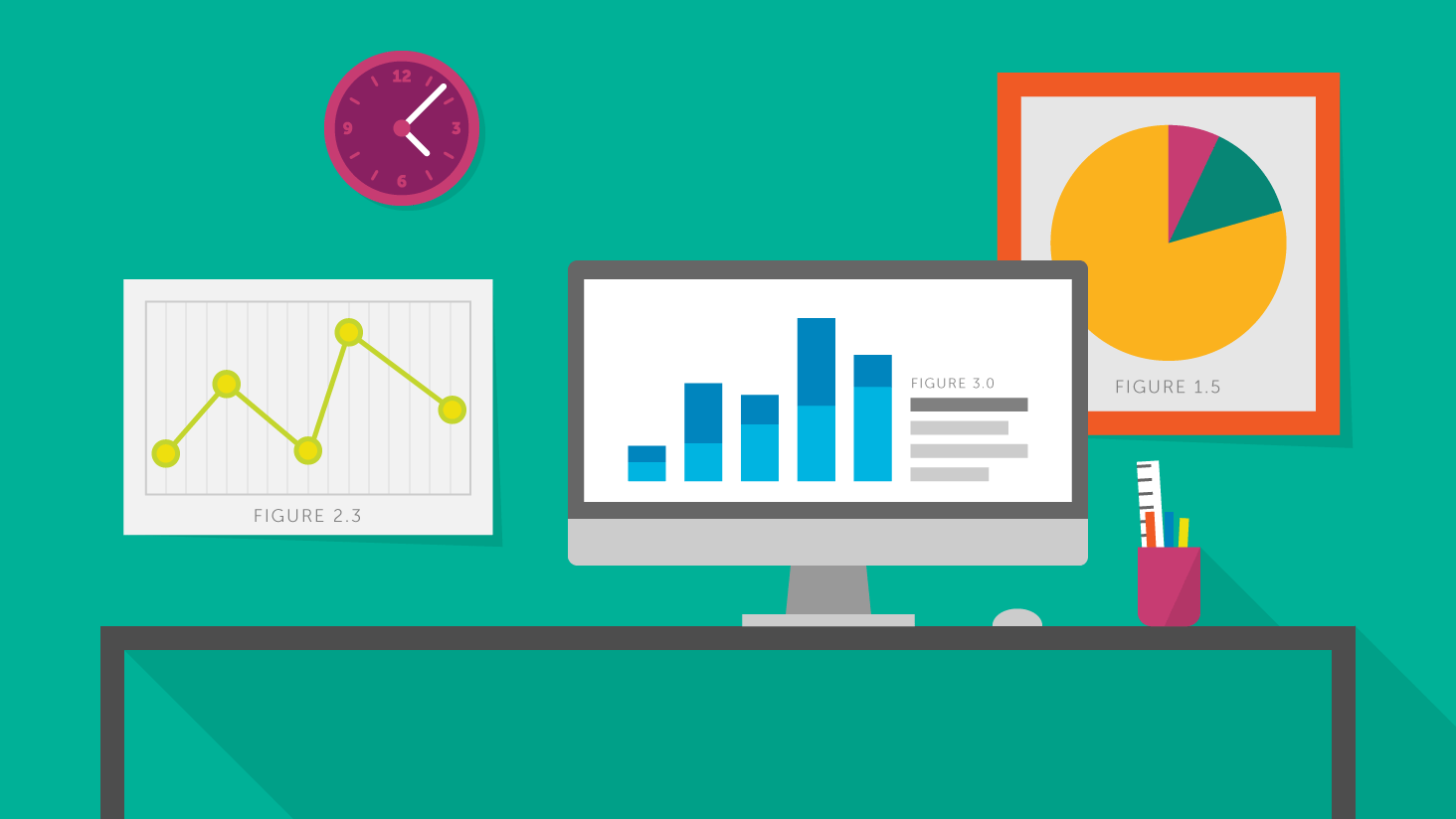As experts in providing mentorship, wisdom, and expertise in helping build out data...
Featured Posts
read more
Growing profitability with data in the field.
Since human beings began growing crops in a field to establish communities, the mantra...
Data Hierarchy
Machine Learning, Business Intelligence, and Artificial Intelligence are buzz words that...
Omaha Data Science Academy Video
Nate Watson, president of Contemporary Analysis (CAN), talks about the Omaha Data...
Good Data Visualization Example: Here’s how America uses its land
Here at Contemporary Analysis, we believe good data visualization is the key to...
Python or R – CAN’s Advice on How to Choose
The age-old Python or R debate always rages here at CAN. While we have a pretty...
Predictive Analytics: Why should you use it?
We get asked quite frequently: Why should my company invest in predictive analytics? Why...
Why you should invest in your employees
Investing in employees means more than just treating them well by giving them benefits...
The Challenges of Flexible Work Trends
Today’s flexible work trends favor the clever, well educated and self–motivated. Trends...




